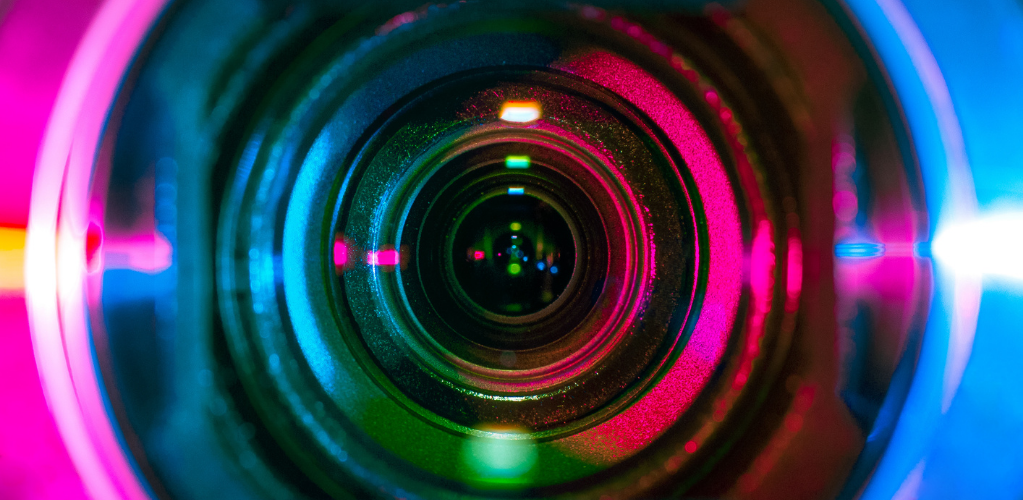
Computer vision, one of the hottest areas of artificial intelligence, is taking over the 'visual world'. At TDWI, we discussed in a talk how it is possible to teach a camera the capabilities of an eye. How does the computer interpret and understand the digital images to identify and classify objects. Meanwhile, computer vision is taking on more sophisticated tasks. Thus, competing alongside human skills, for similar or even better results in these tasks. For example, diabetic Retinopathy can be diagnosed using computer vision (equivalent to a trained physician) with a sufficiently large amount of data.
In this presentation, we also discussed in detail the current developments and future prospects of Computer Vision.
Referring to the different use cases and their impact on the real world in different problem areas , such as:
Further, we looked into a very small application area, i.e. distance measurement. To measure any distance from the camera, we need the depth. Which can be captured using Lidar or Time of flight sensors, Stereo Depth sensors, Structured or coded light cameras, or just another RGB camera with some pre-determined marker information.
This can be very important in different industries like Virtual- or Augmented Reality where we try to reconstruct a real world in which, for example, virtual objects have to be placed at certain positions.
Or another example could be Robotics. The issue here is to understand the surroundings for Navigation, mapping, collision avoidance and detecting the size of approaching object. After discussing the Use Cases, we also see a simple demo using Python.
We demonstrated how we can use distance measurement to comply with the Corona measures in the workplace. By creating an inventory of the chairs used and then disinfecting them.
These examples also illustrated various practical applications of Computer Vision in today's world.
The "Object Detection" application area is covered in detail in our blog post "Explainable Object Detection - a practical How To".